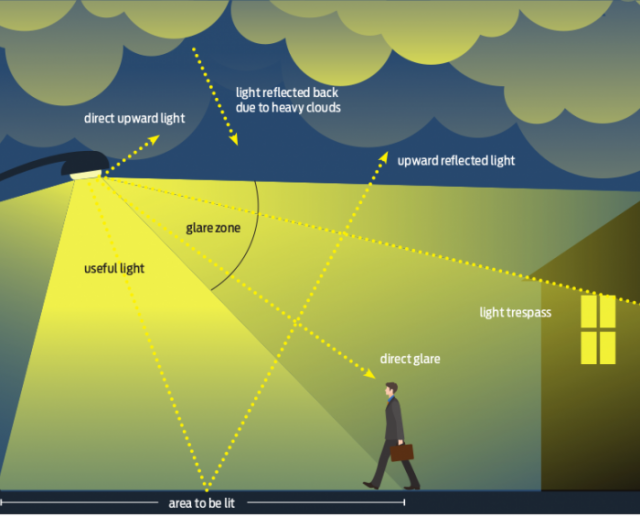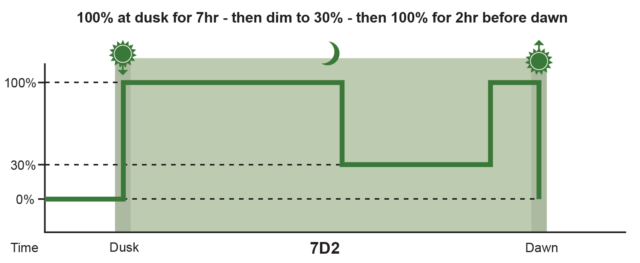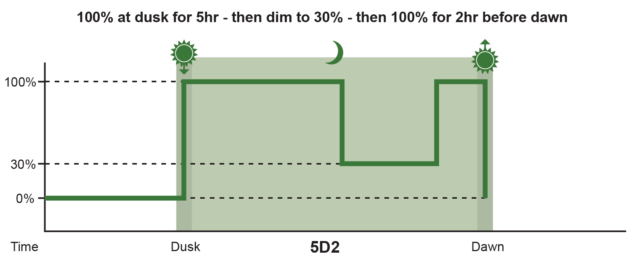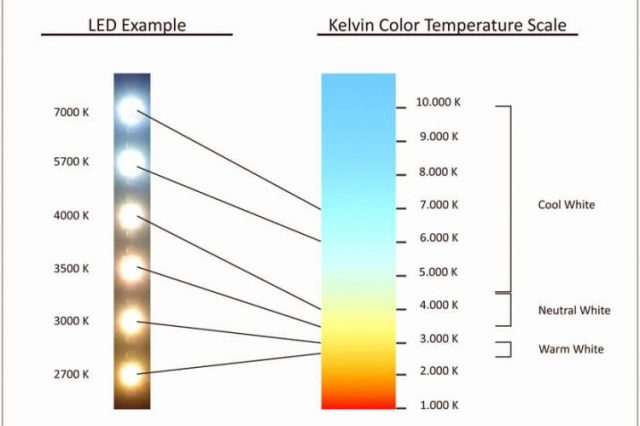Educational April 2020
When you look up at the sky at night, what do you see? If you’re like most people living in or near an urban center, chances are, you don’t see much. In fact, recent data shows that only about 20% of Americans can see the Milky Way from their homes.
That’s because light pollution, or the brightening of the night sky by artificial light sources including street lights, commercial lights, and other man-made technologies, has created a luminous glow that masks the stars and the constellations of the night sky.

Of course, it’s not just our nighttime views that are affected. Research shows that the increased and widespread use of artificial light can have adverse effects on wildlife, the environment, and our health.
The good news is there are ways to limit the amount of light we send up into the atmosphere and mitigate these harmful effects. To mark International Dark Sky Week—which runs April 19-26—we’re sharing our ideas for doing just that, without sacrificing the myriad benefits nighttime lighting brings.
When you’re lighting a street, park, or pathway, there’s the objects and area you want to illuminate, and then there’s everywhere else that light tends to spill into: people’s homes, people’s yards, parklands, and of course, the sky.
Fortunately, there’s a simple fix: shielding lights and directing them downward. Sol’s dark-sky friendly solar lighting comes with shielded fixtures that ensure all emitted light is directional and usable, reducing light spill or trespass, while also saving energy and optimizing battery health.

Most lighting applications don’t require round-the-clock light. For example, if you’re lighting a parking lot for a shopping complex that opens at 9 a.m. and closes at 6 p.m., you may only want to keep it fully lit for a few hours before opening in the morning and a few hours after closing at night.
This is where operating profiles come in. They allow you to program you’re lights so they’re not emitting light—and consuming energy—when they don’t need to be. You can even dim your lights during periods of low activity, as depicted in the standard operating profiles below:

Shielding and operating profiles are important, but we also know that the color of light is key when it comes to protecting the health of both humans and wildlife.
While the first LED lights had a color temperature of 8,000K, meaning they emitted more than 45% blue light and were harsh on the eye, advances in LED technology have brought this down to a much warmer 3,000K. Our recommended LED fixtures meet this spec, reaching a warmer output while still maintaining a relatively low power draw.

Want to learn more about reducing light pollution and the global movement to bring back starry nights? The International Dark-Sky Association (IDA) has a wealth of resources and programs aimed at protecting the night sky, including its Dark Sky Places program, which currently comprises over 130 communities, parks, and protected areas that have made a commitment to responsible lighting policies and public education. Yours could be next!
And if you have a lighting project and are looking for a dark-sky compliant solution, look no further. Sol’s EverGen M series fixtures are directional, programmable, and have a low color temperature.
